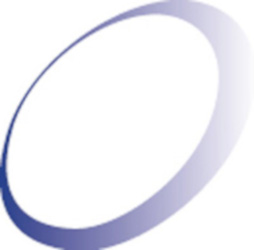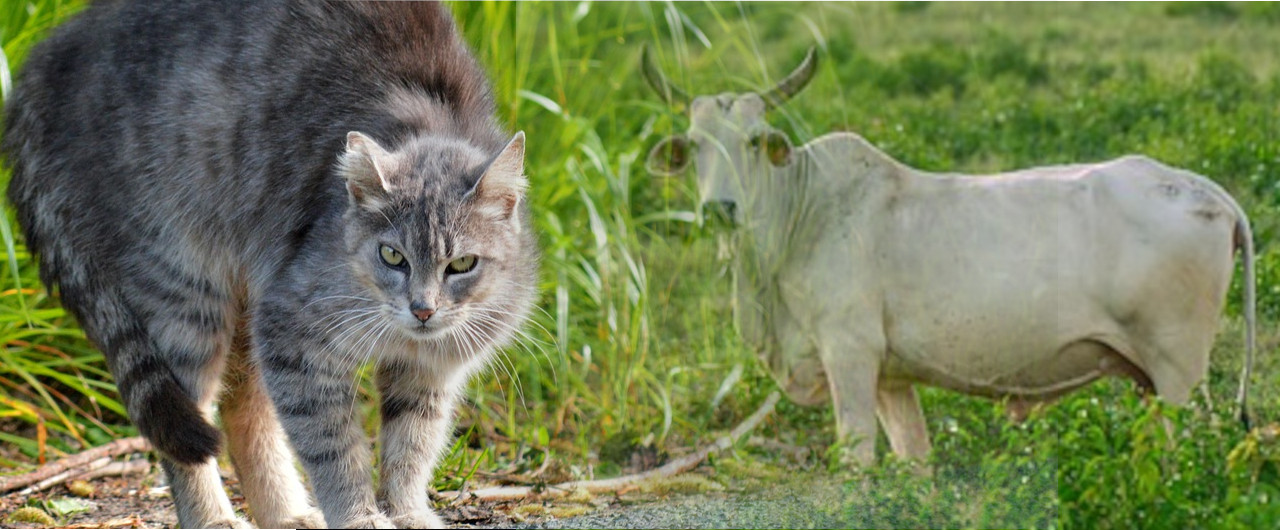Exercise not only helps to relieve low back pain, but also prevents it. To mark Back Health Day on 15 March, the German Society for Orthopaedics and Trauma Surgery (DGOU) explains which simple exercises can help with low back pain.
Berlin/Germany, March 14, 2025. ‘Acute back pain is usually nothing serious and has a good prognosis,’ says Prof. Dr Bernd Kladny, Deputy Secretary General of the DGOU and Chief Physician of the Department of Orthopaedics and Trauma Surgery at the Herzogenaurach Specialist Clinic. ‘Experience has shown that lumbago or other functional low back pain usually resolves itself. Exercise helps,’ says Kladny.
Back pain is one of the most common complaints in the population – four out of five people are affected at some point in their lives. It leads to limited mobility and the natural impulse to take it easy on the back. ‘However, back pain is no reason to rest – on the contrary: exercise is often the best way to relieve it,’ says Kladny. ‘Even small adjustments in everyday life can help to avoid discomfort and maintain a strong, pain-free back in the long term.’
Low back pain is often caused by weakened core muscles, which are overloaded by too little movement or incorrect posture. Sitting for long periods of time, for example in the office or working from home, favours these complaints. It is therefore important to get up from your desk regularly, change position and move around. There is no ‘correct’ sitting posture – it is important to alternate between sitting upright and relaxing from time to time. Alternating between sitting and standing also promotes back health. Jerky movements or lifting heavy loads, especially after long breaks, can overload the back muscles and cause tension.
Exercise remains important even if you have pain, as orthopaedists and trauma surgeons advise against taking it easy. ‘Activities such as walking or targeted stretching exercises help to loosen the muscles and relieve the pain more quickly,’ explains Kladny. Heat treatments, stretching exercises and over-the-counter painkillers from the pharmacy can also help.
Five simple measures against sudden back pain:
1. targeted stretches: Exercises such as ‘cat-cow’ promote mobility and relieve tension. This is how it works: Get into a quadruped position, breathe in, lower your stomach towards the floor and raise your head. As you exhale, round your spine into a cat hump. Other short, targeted exercises can also have a noticeable effect.
2. movement at work: It is advisable to change your posture frequently at work and not sit in the same position all day. You can stretch more often in between. Standing up and walking from time to time is also beneficial.
3. exercise in your free time: Any movement helps, you don’t necessarily have to go to the gym. Even additional walks are beneficial. It is easy to incorporate short breaks for mobility exercises.
4. preparation for exercise: For strenuous physical activities such as gardening or intensive sports units, it is advisable to start slowly and gradually increase the load.
5. old household remedies: Whether heat or cold – whatever is good for you is allowed. Heat applications such as cherry stone cushions, hot water bottles or heating pads can have a relaxing effect, while cold packs or curd compresses can cool you down. Plasters with capsaicin, a natural active ingredient from chilli peppers, can also alleviate the symptoms. The decisive factor is what is individually perceived as pleasant.
In rare cases, low back pain can indicate serious causes. If a vertebral fracture is suspected following an injury or if the bone structure is weakened due to osteoporosis, a medical examination is necessary. This should also be investigated if fever and severe nocturnal pain occur, which may indicate a bacterial infection.
Morning stiffness lasting more than an hour may indicate an inflammatory rheumatic cause. Particular attention should also be paid to low back pain in the case of previous tumour disease. Symptoms such as tingling in the legs, numbness or muscle weakness can indicate nerve damage. These so-called ‘red flags’ should definitely be clarified by a doctor.
Further information:
(http://www.dgou.de)
ImageSource
Archive


